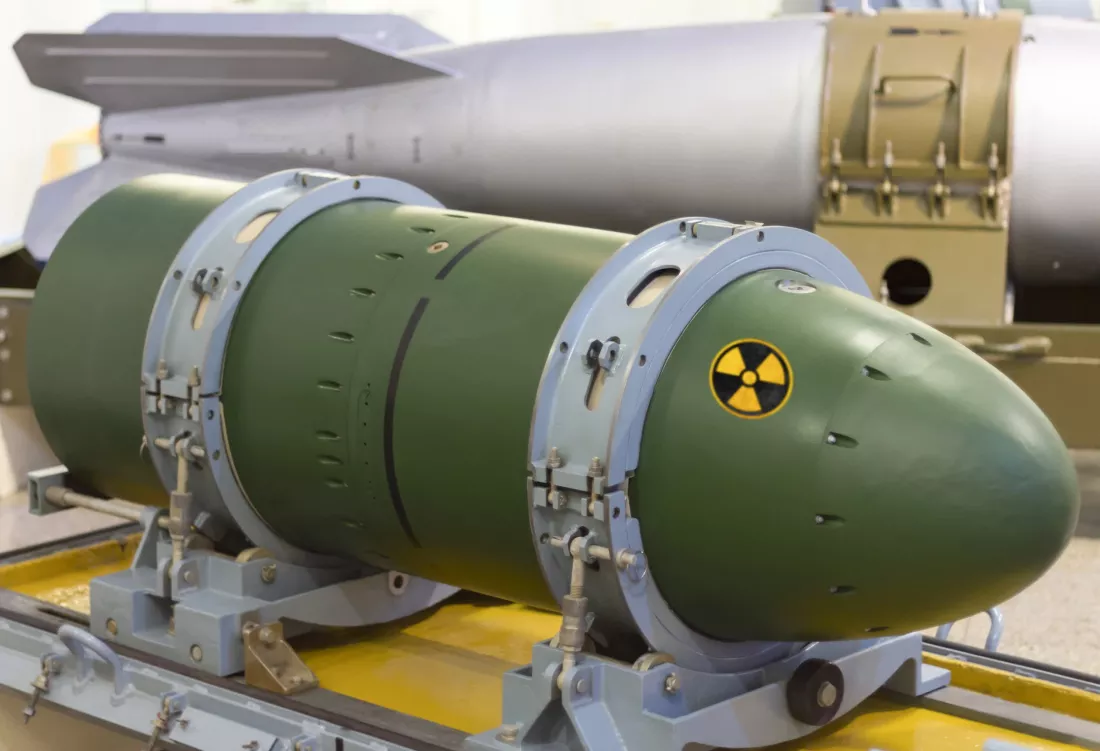Meta reminds people that the metaverse will probably be awesome, one day
In context: With all the excitement, headlines, and talk about generative AI, Meta is reminding people that these systems aren’t as important as the area it has plowed over $24 billion into over the years: the metaverse. Nick Clegg, the company’s head of global affairs, just held a press conference in the virtual world to hail the metaverse as the future of computing.
Bloomberg reports that Clegg held a small press conference within Meta’s Horizon Workrooms. He was in London and spoke to Washington-based reporters who were wearing borrowed Meta Quest headsets. The publication notes that the group appeared as torsos seated around a large wooden table, and only Clegg’s avatar resembled the person wearing the headset.
“We’re going to stick with it, because we really believe, all the early evidence suggests, that something like this will be the heart of the new computing platform,” Clegg said. “But it’s going to take a while.”
It wasn’t that long ago when Facebook went all-in on the metaverse, going so far as to change its corporate name to Meta and pour billions into its Reality Labs division. But getting consumers to feel the same level of excitement has always been an uphill battle. Even teens aren’t interested in the concept.
Things have gotten even worse for Meta in recent times. The global economic slump means expensive VR headsets are pretty low on people’s shopping lists – shipments slumped more than 12% year-over-year in 2022.
But the biggest blow to Meta’s ambitions has been the rise of generative AI over the last few months. Tech firms are rushing to implement the likes of ChatGPT into their services; even Meta said it would be introducing AI-powered chat in WhatsApp and Messenger. It’s taken what little focus was on the metaverse away from that area and placed it squarely onto AI – Zuckerberg rarely mentions the virtual world anymore.
Big companies seem to have realized that spending a lot of money on the metaverse is becoming a pointless endeavor. Microsoft’s round of 10,000 layoffs saw its industrial metaverse project killed off, and Disney laid off its entire metaverse team as part of cost-cutting plans. There are also the cuts Meta has made that impacted the Reality Labs division, and senators demanding the metaverse be a place for adults only.
One supporter in Meta’s corner is Tim Sweeney. The Epic Games boss recently explained why he thinks the concept still has promise.
Clegg believes advertising and commerce will help Meta recoup the billions it has invested in the metaverse – Zuckerberg famously said it could be earning billions or even trillions of dollars in ten years – but then people actually have to be using these virtual worlds to buy things or be served ads.
There were plenty of obvious bugs during Clegg’s event, including all the avatars’ mouths moving when one person spoke. He believes the hardware is another area that will improve in time. “I just really want to stress that we’re going to look back on the headware we’re wearing now and think, ‘Gosh, do you remember the days when you would wear a Quest Pro?'” Clegg said. “We’ve always been very clear that we’re in this for the long haul. This is not going to happen overnight.”


